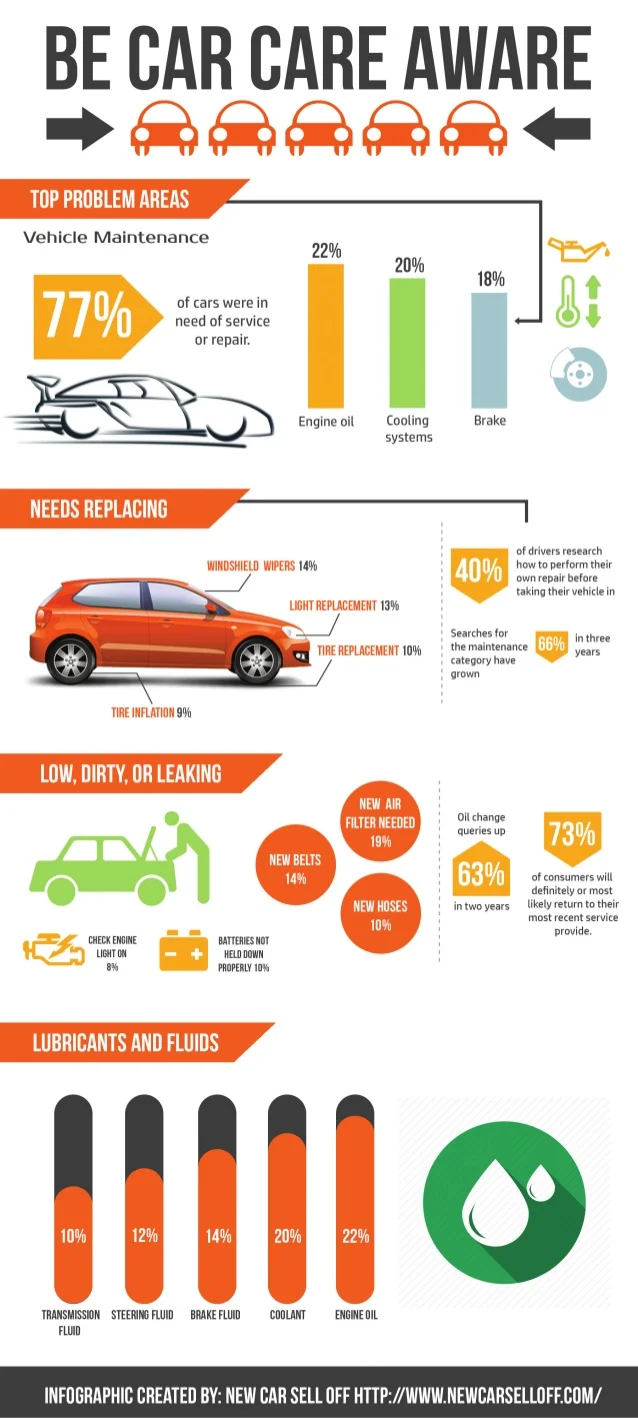Analyzing Your Vehicle'S Caution Indicators: What They Actually Communicate
Analyzing Your Vehicle'S Caution Indicators: What They Actually Communicate
Blog Article
Developed By-Termansen Dalgaard
When you lag the wheel, those glowing warning lights on your control panel can be a little bit difficult. Do you recognize what they're attempting to inform you concerning your automobile's health? Recognizing the value of these lights is important for your safety and the durability of your car. So, the following time one of those lights turns up, wouldn't you want to decode its message accurately and take the needed steps to resolve it?
Common Warning Lights and Interpretations
Recognize common warning lights in your auto and recognize their definitions to make certain safe driving.
One of the most typical warning lights include the check engine light, which signals issues with the engine or discharges system. If this light begins, it's essential to have your car checked quickly.
The oil pressure warning light suggests reduced oil stress, calling for immediate attention to stop engine damage.
A blinking battery light could suggest a malfunctioning billing system, potentially leaving you stranded otherwise attended to.
The tire stress monitoring system (TPMS) light informs you to reduced tire pressure, affecting automobile security and fuel efficiency. Overlooking this could lead to unsafe driving conditions.
The ABS light shows a problem with the anti-lock stopping system, jeopardizing your ability to quit swiftly in emergency situations.
Last but not least, the coolant temperature cautioning light warns of engine getting too hot, which can result in severe damages otherwise solved swiftly.
Understanding these common warning lights will assist you address concerns quickly and maintain secure driving problems.
Significance of Prompt Attention
Understanding the typical caution lights in your car is only the initial step; the relevance of without delay attending to these cautions can't be emphasized sufficient to ensure your security when traveling.
When a warning light illuminates on your dashboard, it's your car's way of interacting a prospective problem that needs interest. Ignoring these cautions can bring about much more extreme troubles later on, jeopardizing your safety and security and possibly costing you much more in repairs.
Trigger interest to cautioning lights can avoid failures and mishaps. For instance, a blinking check engine light could suggest a misfire that, if left ignored, could cause damage to the catalytic converter. Resolving this without delay can save you from a costly repair.
Likewise, a brake system cautioning light could signal low brake liquid or worn brake pads, critical parts for your safety when driving.
DIY Troubleshooting Tips
If you see a caution light on your dashboard, there are a few DIY troubleshooting tips you can try prior to looking for expert aid.
The primary step is to consult your automobile's manual to recognize what the particular caution light shows. Sometimes the issue can be as easy as a loosened gas cap setting off the check engine light. Tightening high end detailing might resolve the problem.
An additional typical concern is a reduced battery, which can set off various advising lights. Checking the battery connections for deterioration and guaranteeing they're safe and secure could deal with the trouble.
If a warning light continues, you can attempt resetting it by separating the auto's battery for a few mins and after that reconnecting it. Furthermore, inspecting https://www.repairerdrivennews.com/2022/05/18/california-doi-answers-repairers-questions-on-labor-rates-parts-requirements-oem-procedures/ , such as oil, coolant, and brake liquid, can help troubleshoot warning lights related to these systems.
Final thought
In conclusion, comprehending your auto's warning lights is crucial for maintaining your automobile running efficiently and securely. By promptly attending to car wash interior and recognizing what they indicate, you can stay clear of pricey repair services and potential break downs.
Remember to consult your cars and truck's guidebook for particular information on each cautioning light and take action appropriately to make sure a hassle-free driving experience.
Keep educated, remain safe when driving!
